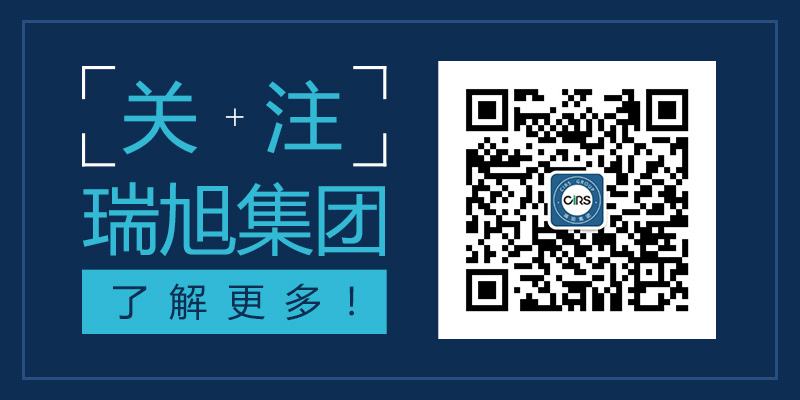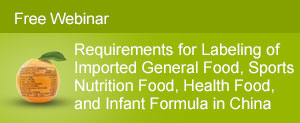The General Administration of Quality Supervision, Inspection and Quarantine of the People’s Republic of China (AQSIQ) has published the list of the unqualified imported food in May 2015. There were171 batches of imported food returned or destroyed by local CIQs.
Most of these rejected foods were imported from Taiwan, Japan, Canada, Malaysia, Belgium, Vietnam, Germany, France and etc. The total weight of these foods was 177 tons.
There were about 8 kinds of non-compliant reasons for rejected imported food, but most of them were rejected for 4 reasons, namely, non-compliant food label, unqualified physical-chemical index, unapproved food additives, and unqualified microorganism index, which accounted for more than 83% of the rejected batches. Further detailed information was showed in the following two figures.
Figure 1.Non-compliant Imported Food Category in May 2015

Figure 2.Non-compliant Reasons for Rejected Imported Food in May 2015

Highlights:
Miscellaneous products (mainly for teas, protein solid beverage, bibimbap sauce, and etc., HS code 21), preparations of cereals, flour, starch or milk, pastrycooks’ products (HS code 19), and beverage, spirits and vinegar (HS code 22) were the three hardest-hit food categories. In the last three months, there were total 371 batches of these three kinds of foods rejected by local CIQs and mainly due to non-compliant food label, illegal food additives and unqualified microorganism index, physical-chemical index. Imported food enterprises should make sure that the food additives you used are in compliance with GB 2760-2014 and GB 14880-2012. At the same time, testing in advance according to the Chinese relevant product national standard is a necessary procedure to guarantee the product quality and reduce the rejection risk. In addition, appropriate transport conditions are also very important for the foods which are easily polluted by microorganism.
More to the point, non-compliant food label is still the primary factor for rejected foods. 50 batches of foods involving chocolate, jelly, cake, tea, wine and rice flour were returned or destroyed because of it in May 2015.Additionally, since 2015, there were total 153 batches of imported food rejected due to the unqualified Chinese food label. Based on CIRS analysis and investigation, in most cases, the incorrect format of the Chinese label and inauthentic nutrition contents led to the unqualified label. As CIQ is no longer tolerant to Chinese food label, the label shall seriously comply with the requirements in GB 7718-2011andGB 28050-2011. Food enterprises are strongly suggested to pay more attention to Chinese label.
Reference:
http://jckspaqj.aqsiq.gov.cn/jcksphzpfxyj/jjspfxyj/201506/t20150616_442704.htm
Contact
Ms. Wing Yu, Food & Health Products, CIRS China
11F Dongguan Building, 288 Qiuyi Road, Binjiang District, Hangzhou, China, 310020
Tel: +86 571 8720 6555 | Fax: +86 571 8720 6533
Email: Wing.Yu@hfoushi.com
Most of these rejected foods were imported from Taiwan, Japan, Canada, Malaysia, Belgium, Vietnam, Germany, France and etc. The total weight of these foods was 177 tons.
There were about 8 kinds of non-compliant reasons for rejected imported food, but most of them were rejected for 4 reasons, namely, non-compliant food label, unqualified physical-chemical index, unapproved food additives, and unqualified microorganism index, which accounted for more than 83% of the rejected batches. Further detailed information was showed in the following two figures.
Figure 1.Non-compliant Imported Food Category in May 2015

Figure 2.Non-compliant Reasons for Rejected Imported Food in May 2015

Highlights:
Miscellaneous products (mainly for teas, protein solid beverage, bibimbap sauce, and etc., HS code 21), preparations of cereals, flour, starch or milk, pastrycooks’ products (HS code 19), and beverage, spirits and vinegar (HS code 22) were the three hardest-hit food categories. In the last three months, there were total 371 batches of these three kinds of foods rejected by local CIQs and mainly due to non-compliant food label, illegal food additives and unqualified microorganism index, physical-chemical index. Imported food enterprises should make sure that the food additives you used are in compliance with GB 2760-2014 and GB 14880-2012. At the same time, testing in advance according to the Chinese relevant product national standard is a necessary procedure to guarantee the product quality and reduce the rejection risk. In addition, appropriate transport conditions are also very important for the foods which are easily polluted by microorganism.
More to the point, non-compliant food label is still the primary factor for rejected foods. 50 batches of foods involving chocolate, jelly, cake, tea, wine and rice flour were returned or destroyed because of it in May 2015.Additionally, since 2015, there were total 153 batches of imported food rejected due to the unqualified Chinese food label. Based on CIRS analysis and investigation, in most cases, the incorrect format of the Chinese label and inauthentic nutrition contents led to the unqualified label. As CIQ is no longer tolerant to Chinese food label, the label shall seriously comply with the requirements in GB 7718-2011andGB 28050-2011. Food enterprises are strongly suggested to pay more attention to Chinese label.
Reference:
http://jckspaqj.aqsiq.gov.cn/jcksphzpfxyj/jjspfxyj/201506/t20150616_442704.htm
Contact
Ms. Wing Yu, Food & Health Products, CIRS China
11F Dongguan Building, 288 Qiuyi Road, Binjiang District, Hangzhou, China, 310020
Tel: +86 571 8720 6555 | Fax: +86 571 8720 6533
Email: Wing.Yu@hfoushi.com






